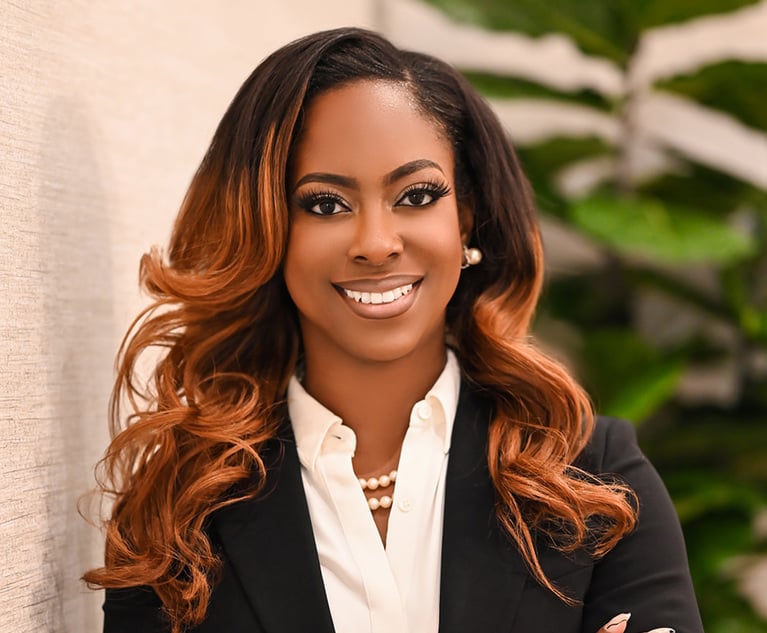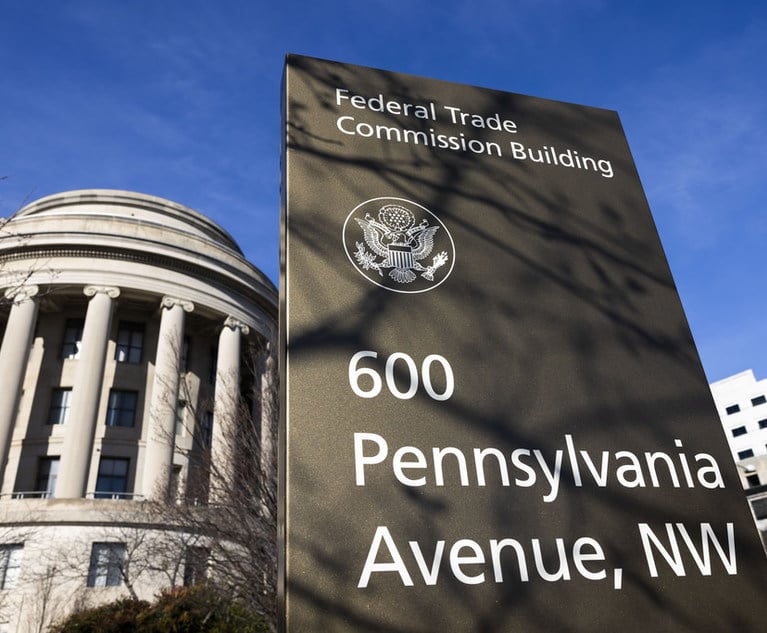Over the years, many employers have used employee grooming and dress policies to project a desired image in the marketplace. While much of corporate America has relaxed employee dress codes in recent years, many employers in the fashion industry continue to use such policies to project a desired image. Recently, state and local governments have passed new laws and increased enforcement of existing laws to protect employees from discrimination based on race or gender identity or expression in the workplace. Applicants and employees are now protected from employers’ imposition of dress and grooming standards that do not respect racial differences or that seek to impose grooming or dress standards that do not respect an employee’s chosen gender identity or expression. Employers that have not reviewed their dress and grooming policies and practices recently would be well advised to do so now.
Prohibitions on Certain Hair Styles and Textures Can Constitute Race Discrimination. In February 2019, the New York City Commission on Human Rights released guidance stating that the targeting of people at work, school, or public places based on certain hair characteristics may be considered evidence of race discrimination under New York City law. New York City recognized that employers may still have a grooming policy that requires a “neat and orderly” appearance; but, they cannot prohibit specific hair texture or hairstyles, such as locs or cornrows traditionally associated with black employees. If an employer has a legitimate health or safety concern relating to hair, it must consider alternatives before imposing a ban or restriction on employees’ hairstyles. The guidance sets forth examples of discrimination, including requiring employees to straighten or relax hair to conform to the company’s grooming policy.


 Photo: Artfully Photographer via Shutterstock
Photo: Artfully Photographer via Shutterstock




